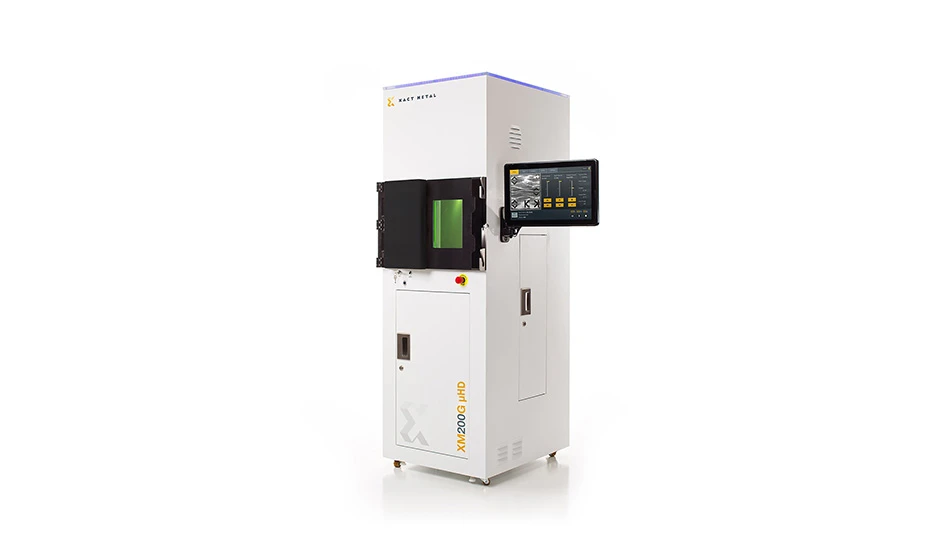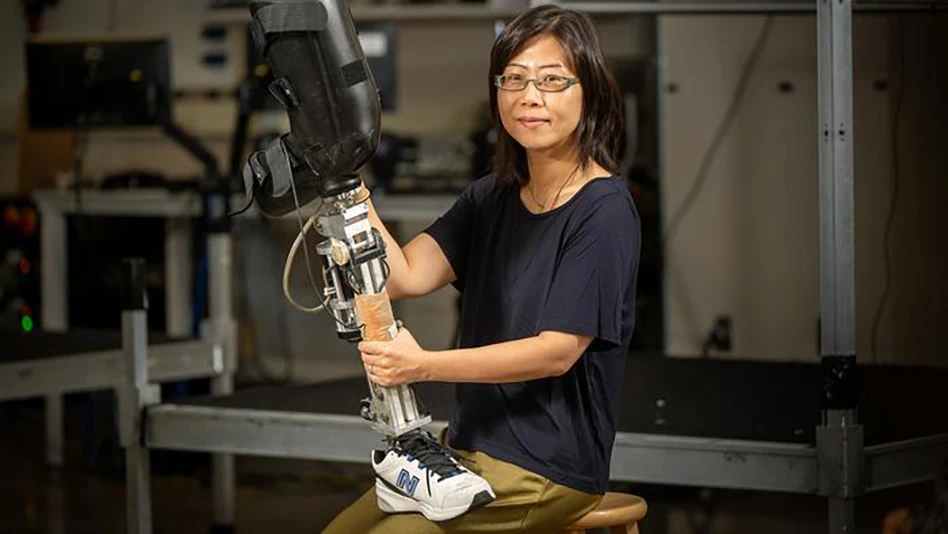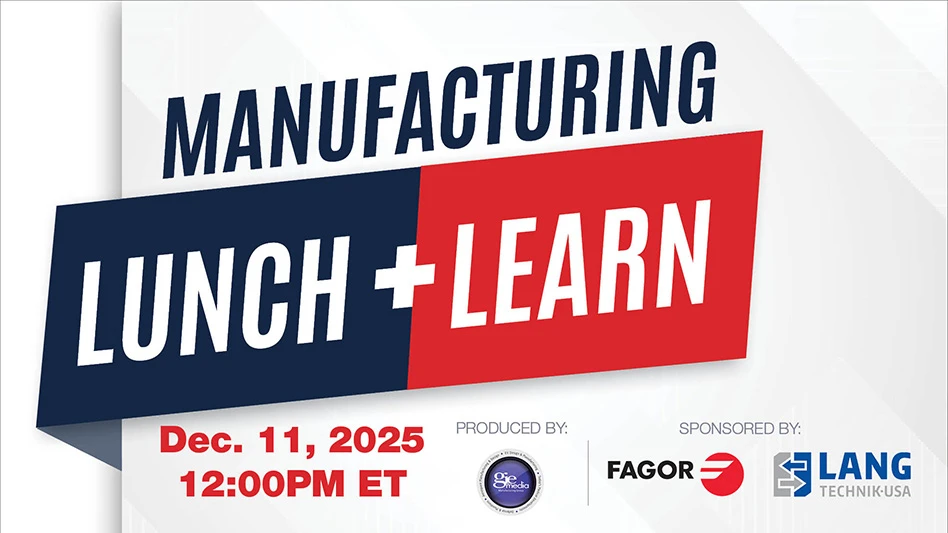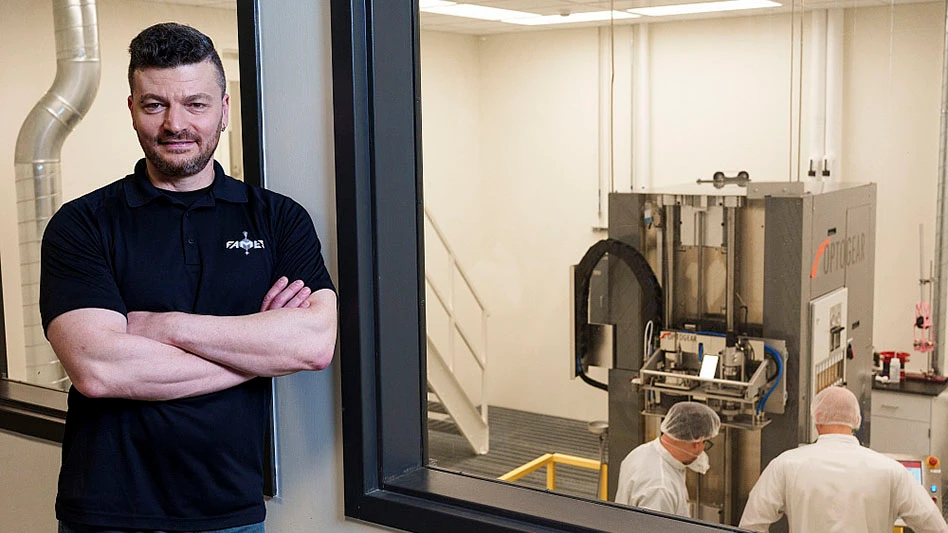
Medi-Solve Coatings engineers have developed a unique way to mask a medical device during the coating process. Catheters and guidewires are typically coated at the end of the device manufacturing process. Sometimes, only a portion of the device requires a highly lubricious coating. For example, on a stent delivery catheter, the distal tip and catheter shaft would have a hydrophilic coating to help the catheter track.
“On the balloon portion where the stent is crimped on, a slippery coating would be detrimental,” according to Ron Sahatjian, chief technology officer for Medi-Solve.
Medi-Solve’s novel masking material and process enables manufacturers to preferentially coat finished devices. With this unique material, the coating can be applied while the balloon is in its final, folded state. This offers process flexibility while saving time and money.
Latest from Today's Medical Developments
- GrindingHub Americas launches in 2027 in Cincinnati, Ohio
- Methods Machine Tools now offers the Nakamura-Tome NT-Flex
- Battelle awards $900,000 in STEM education grants to Ohio schools
- #55 Lunch + Learn Podcast with KINEXON
- Starrett and Gerstner offer limited edition, American made 1950s replica wooden machinist tool chests
- EMCO’s UNIVERSALTURN 50: The new benchmark in universal turning
- Archetype's Expertise for Equity accelerates early-stage innovation
- Stratasys expands its AM solutions with Tritone's cutting-edge technology





